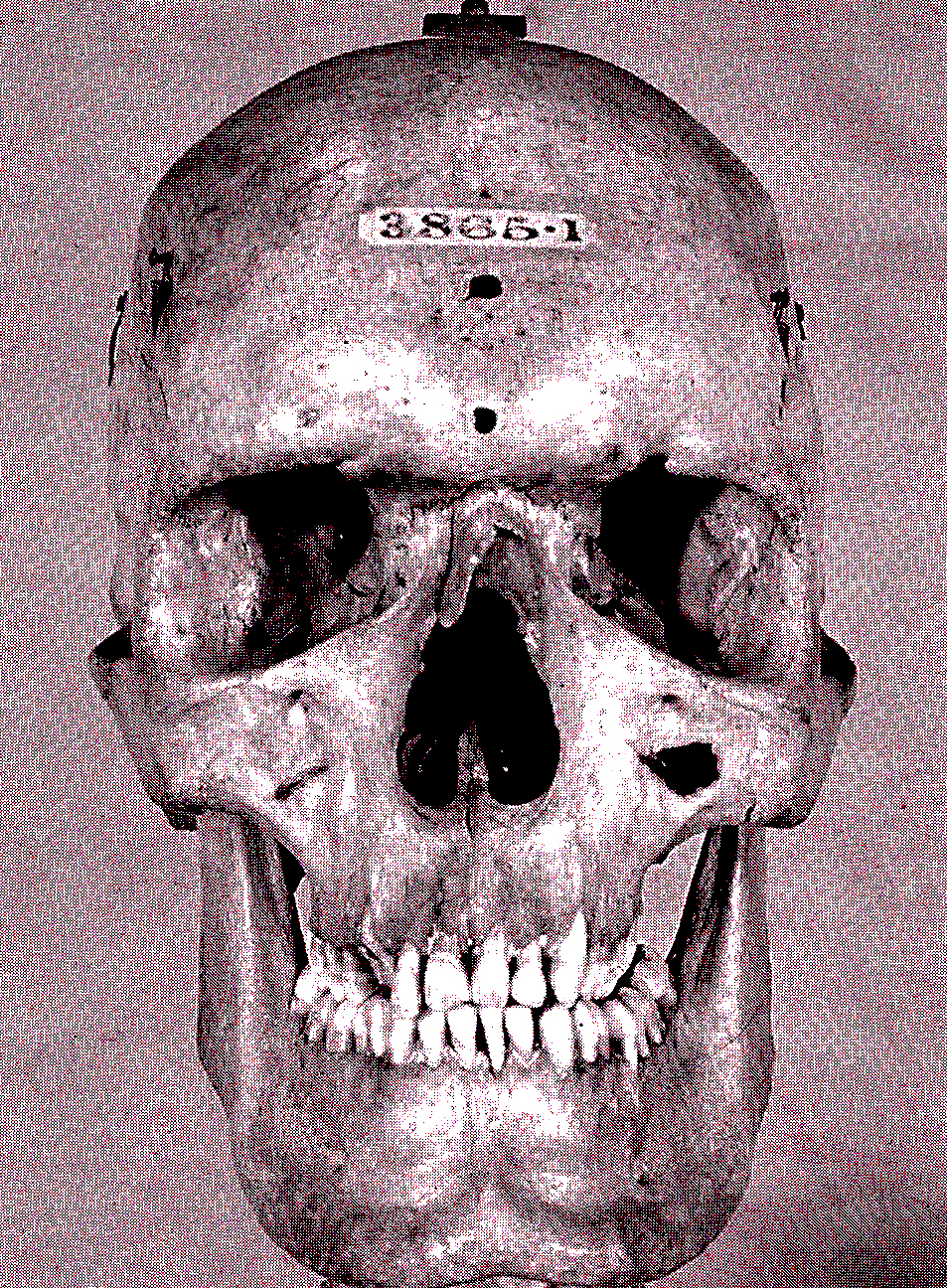CHARLES BYRNE - THE IRISH GIANT
 |
Charles Byrne (1761–1783) or "The Irish Giant", was a man regarded as a curiosity or freak in London in the 1780s. Byrne's exact height is of some conjecture, but most accounts refer to him as from 2.48 m (8 ft 2 in) to 2.54 m (8 ft 4 in) tall; however, skeletal evidence places him at just over 2.31 m (7 ft 7 in).
Byrne's family lived in a remote part of northeast Tyrone called Drummullan , not far from the shores of Lough Neagh. It is said that Byrne had been conceived on top of a haystack, and that this was the cause of his great height, as if there was a connection between the act of conception and Byrne being a giant. Little is known of Byrne's family other than that his parents were ordinary people, and that they were not unusually tall.
At the age of 21 he left his home in Littlebridge Ireland, and travelled to London to seek his fortune.He foundwork at Cox's Museum, an establishment not unlike P.T.Barnum's American Museum . He moved in next door in an elegant apartment with custom-built furniture at the cane-shop, in Spring Garden-gate.
He soon became the toast of the town; a 6 May 1782 newspaper report bears out: "However striking a curiosity may be, there is generally some difficulty in engaging the attention of the public; but even this was not the case with the modern living Colossus, or wonderful Irish Giant."
Fame and wealth soon overtook Byrne, and he took to drinking excessively. According to newspaper reports he was out drinking when his pocket was picked of his 700-pound life savings. Inconsolable, he tried to drown his sorrows in drink and died in June 1783, in his apartment on Cockspur Street, Charing Cross, at the age of twenty-two.
It was rumoured that he was so afraid that doctors would dissect his corpse that on his deathbed he requested to be buried at sea. Against his wishes, Byrne's corpse was purchased by John Hunter for five hundred pounds (2011: £50,000), and his 2.31-m (7 ft 7 in) skeleton now resides in the Hunterian Museum at theRoyal College Of Surgeons in London.
One journal allegedly states that on his death, "The whole tribe of surgeons put in a claim for the poor departed Irishman and surrounded his house just as harpooners would an enormous whale. |
BACK TO HOME PAGE